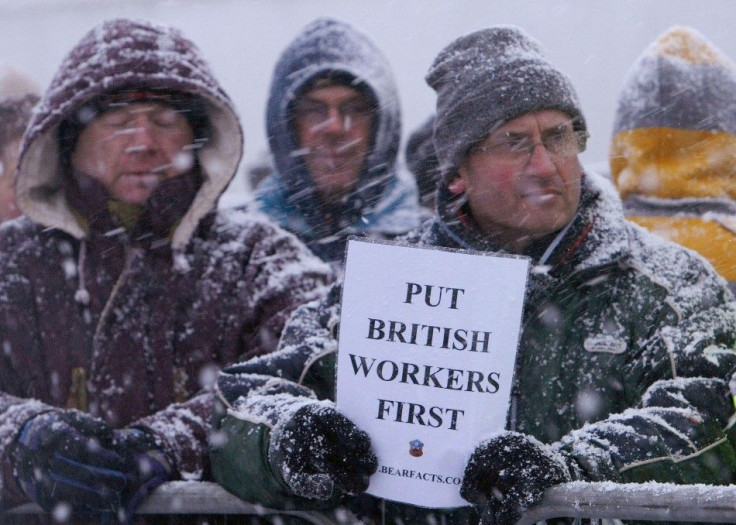UK Unemployment Stalls at Record High: Median Rate for Europe

Unemployment in Britain stayed relatively flat at the end of 2011, rising by its smallest amount in nearly a year between the months of November and December.
However, at 8.4 percent, the unemployment rate in the UK is still the highest it's been in 16 years.
In the last three months of 2011, 48,000 more people became jobless in the UK, according to the International Labour Organization. Nearly half of those were people between the ages of 16 and 24 years old, bringing the unemployment rate among youths to 22.2 percent, or 1.04 million people.
Additionally, the number of people applying for Jobseeker's Allowance - the UK's version of unemployment benefit pay - rose by 6,900 in January.
While the low rise in unemployment leaves room for optimism, the British government has a lot of work to do to turn the figures around. And the longer it takes, the harder it will be.
The problem for 2012 is that most analysts, including ourselves, expect the economy to grow very slowly at best and that will inevitably lead to rising unemployment, John Philipott, chief economist of the Chartered Institute of Personnel and Development (CIPD) told Sky News.
Additionally, more and more people in the UK are relying on part-time jobs, and average earnings increased by 2 percent between December 2010 and 2011, which is below the rate of inflation, according to England's Office for National Statistics.
It won't be for a few months yet until real pay actually starts to rise again, Vicky Redwood, an economist at Capital Economics, told BBC.
The UK is certainly not alone in its economic woes. The country's unemployment rate is just barely above the 8.3 percent rate in the United States, and with most of the world still suffering the effects of recession, England is at the median of European countries.
How is the rest of Europe fairing?
Spain has been suffering from one of the worst unemployment rates in Europe for over a year. Unemployment has climbed steadily to 22.9 percent, and is above 50 percent for people between 16-24 years old. Occupy Wall Street-style protests have been going on in Spain since last May.
The unemployment rate in Greece is only slightly better, rising from 18.2 to 20.9 percent by November 2011. For those under 24, unemployment was at 48 percent. The country's interim government -- led by Prime Minister Lucas Papademos -- may have to cut the benefits of those who are working in order to get the next round of loans from the E.U. and International Monetary Fund. The prospect of smaller pensions and a lower minimum wage also has Greeks protesting.
In France, the unemployment rate is 9.9 percent -- the same as in Poland.
Germany experienced a 0.2 percent drop in unemployment, the rate falling to 6.7 percent in January. Unemployment in the country has fallen almost consistently since April 2005 (when it peaked at 11.5 percent) save for theperiod between October 2008 and July 2009, when the rate climbed from 7.1 to 8 percent.
In December, Italy's unemployment rate reached 8.9 percent -- its highest level since 2004. Like Greece, Italy is hoping that new austerity measures can stave off further economic catastrophe.
Also in the 7 percent to 9 percent jobless range were Belgium, Denmark, Finland, Slovenia, and Sweden.
Norway leads Europe with a 3.3 percent unemployment rate, the lowest of any country, followed by Austria (4.1 percent) and the Netherlands (4.9 percent).
© Copyright IBTimes 2024. All rights reserved.





















